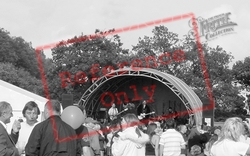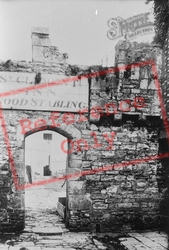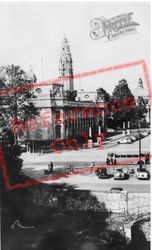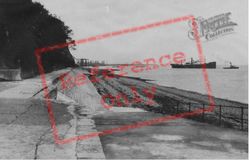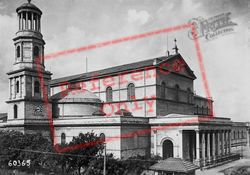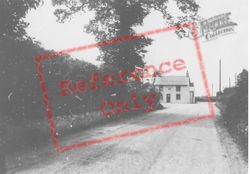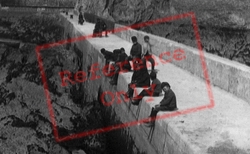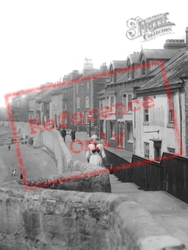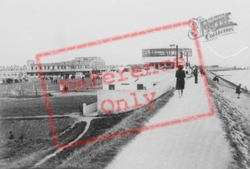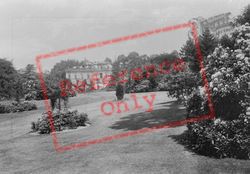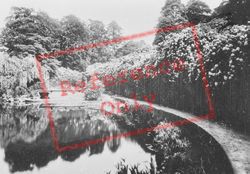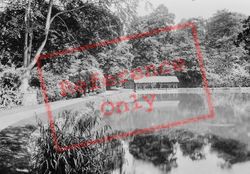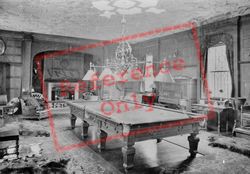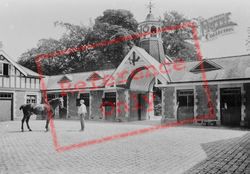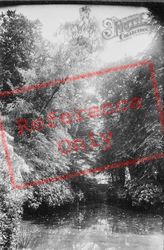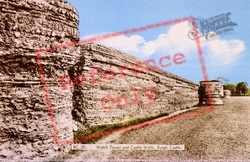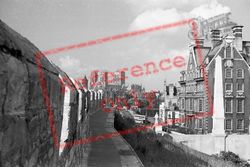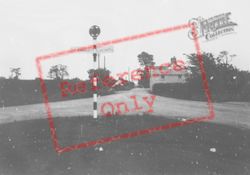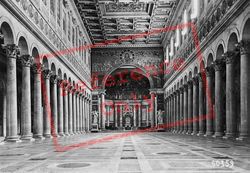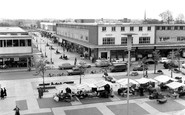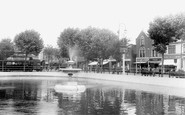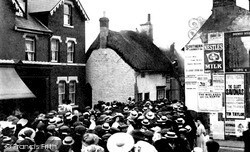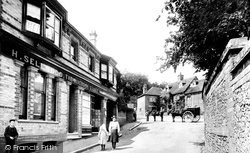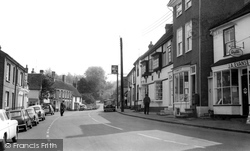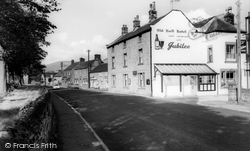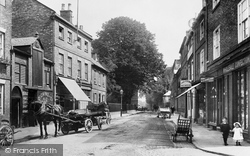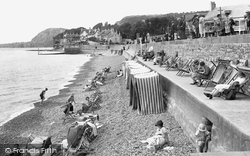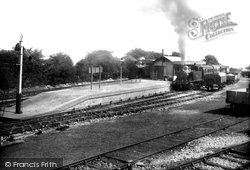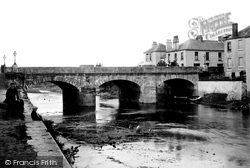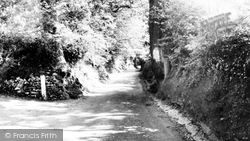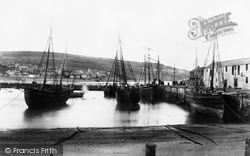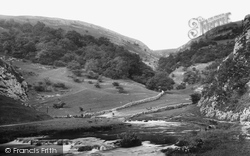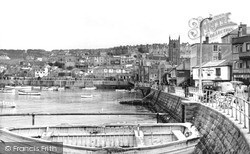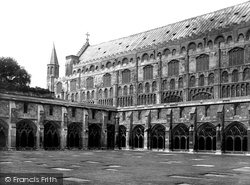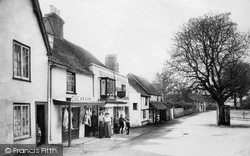Places
25 places found.
Those places high-lighted have photos. All locations may have maps, books and memories.
- East Wall, Republic of Ireland
- Pell Wall, Shropshire
- Wall, Northumberland
- Heddon-on-the-Wall, Northumberland
- Walls, Shetland Islands
- Wall, Cornwall
- Wall, Staffordshire
- East Wall, Shropshire
- Wall End, Kent
- Hobbs Wall, Avon
- Wall Bank, Shropshire
- Wall Nook, Durham
- Knowl Wall, Staffordshire
- Hazelton Walls, Fife
- Wall Mead, Avon
- Mid Walls, Shetland Islands
- Greetland Wall Nook, Yorkshire
- Aston le Walls, Northamptonshire
- Wall Heath, West Midlands
- Wall Hill, Greater Manchester
- Wall End, Cumbria (near Millom)
- Wall under Heywood, Shropshire
- Dale of Walls, Shetland Islands
- Bridge of Walls, Shetland Islands
- Hole-in-the Wall, Hereford & Worcester
Photos
516 photos found. Showing results 441 to 460.
Maps
172 maps found.
Books
Sorry, no books were found that related to your search.
Memories
1,989 memories found. Showing results 221 to 230.
Love That Place!
Born at Petersfield in 1940, my first home was Berry Cottage, down Sandy Lane, opposite Sibley's farm. Berry cottage had only 4 rooms (2 up and 2 down), no running water, only a well and later a tap down in the lane. I remember ...Read more
A memory of Rake Firs in 1940 by
St Malachys Primary School 1951 To 1956
I was born in Manchester in 1945, and moved with my family to Kingsly Crescent Collyhurst flats. My father died in 1948, and my mother, brother Joe and I moved to Elizabeth-Ann Street, Collyhurst, where ...Read more
A memory of Collyhurst in 1951 by
Pontnewydd Church School
As I remember, the discipline there was tough, but at least you knew right from wrong and if you did something wrong you could expect punishment - nearly always the cane. We all had to attend the church for assembly ...Read more
A memory of Pontnewydd in 1940 by
More Corwen Memories
It was abuot 1950, and we were having what we called PT lessons, the infants teacher Miss Olwen Davies had us playing 'What's the time, Mr Wolf?, culminating with 'Miss' (the wolf) turning and chasing us, shouting "Dinner ...Read more
A memory of Corwen in 1950 by
Cranford Shops 1980s 2010
Starting from Tesco Express: This used to be a block of about 2 or 3 shops which included a building society and a travel agent. Next to this was Barclays Bank which closed down in the late 1980s/early 1990s. It remained ...Read more
A memory of Cranford
Harlow Market
This was the year we moved to Harlow from Tottenham. The market was much nicer then than it has been since, especially since the council put up those awful permanent stalls. At the corner of the market nearest the clock on the wall ...Read more
A memory of Harlow in 1960 by
Victoria Park Latchford
I remember when there used to be a place in Victoria Park, Latchford, called `The Pavillion'. It had a row of bushes beside it - dividing it from a sunken paddling pond that had rather ornate brick walls around it and ...Read more
A memory of Warrington in 1945
1946 1951 Age 2 Years To 7 Years
I was in St Claire's Orphanage with my two sisters after my father died in 1945. The Rev Mother Sister Phillomina had been a childhood friend of my mother's. This fact did not give us any added privileges. I ...Read more
A memory of Pantasaph in 1948 by
Frogs Newts & Ice
I used to visit my aunt & uncle who lived in this - as it was known to me - the posh area of Thornton Heath: it was even pronounced differently - where I lived we invariably but a "mate" on the end of everything. Anyway ...Read more
A memory of Thornton Heath by
The Hangmen
I was one fifth of a rock band called The Hangmen who played at the Knott Memorial hall in the centre of Heddon-on-the-Wall. Every Sunday we would transport our equipment and instruments to the hall and play songs and tunes ...Read more
A memory of Heddon-on-the-Wall in 1964 by
Captions
1,668 captions found. Showing results 529 to 552.
The wall of the house on the right is smothered in trade posters and advertisements for the forthcoming attractions at the Empire Theatre.
The only casualty since 1899 is the wall on the right, sacrificed for road widening at the junction with Hardwick Road. Sellwoods on the left had only just been built.
Today it houses the Castle Museum.This picture shows the castle prior to the excavation of the outer walls in the 1930s, and the castle entrance is now reached across a footbridge.
The post office stands on the right, with a stamp machine on the wall outside. The massive keep of the castle that gives the village its name attracts many visitors.
Another view of the centre of the village, showing the Old Hall Hotel on the right and the raised, walled churchyard on the left.
Hundreds of feet of drift nets are being inspected and mended where necessary on the wall, and there is a pile of cork floats behind the men on the quay edge.
The big tree in St Mary's churchyard has gone, and the wall has been rebuilt further back from the pavement.
Sidmouth's sea wall was built in 1835, and has been strengthened subsequently.
Above the village are the remains of the mammoth mine of Drake Walls.
St Peter's was dedicated in 1318 by Bishop Stapledon; by 1860 it had fallen into a ruinous state, with bulging walls and sinking roofs. It was restored by Sir George Gilbert Scott in 1866-82.
The wall on the left, on which the child is sitting, is known as New Quay, and the flight of steps leads to Victoria Place, built at the same time as the bridge in 1837.
It was from here, on 24 September 1645, that King Charles watched the Battle of Rowton Heath, which took place just outside the city walls.
The flint wall on the left, now dismantled, is probably marking the entrance to Keepers. In the 1950s, Seretse Khama of Basutoland spent his exile in Starrock Lane.
As to the rest of the photograph, the cottages are now one dwelling but even the boundary walls have changed little in over a century.
The timber work on the gable end of the building fronting the road remains the same, but the front wall is now all stone, giving the entire structure a much more medieval apperance.
We are looking north- eastwards from the Lower Walk, across mooring lines in the sand, at low water; sailing vessels are moored beside the Cobb Warehouses (right).
The castle comprised a gatehouse, round keep, curtain wall, two round turrets and five small turrets.
Note the drystone walls leading down to the river crossing.
Wharf Road is now a busy thoroughfare, the harbour wall a sturdy granite breakwater crowned with iron railings and tall street lamps.
They were rebuilt slowly from 1297 to 1430; their size was set by the larger-than-life Herbert de Losinga's Norman cloisters, whose outer walls survived the 1272 fire.
Though Penrith was sacked by the Scots in 1314 and 1345, the earliest fortifications were the town walls erected in c1346-47.
To the right behind the tree (now gone) is the wall to the churchyard.
Note the old 'school' traffic sign on the the recessed wall to the left. The symbol then was a flaming torch, its detail picked out with white reflectors.
ings in St John Street and Vineyard Street have been lost, this wonderful group of jet- tied buildings survives, clustering up to Schere Gate, possibly a medi- eval gate through the town wall
Places (25)
Photos (516)
Memories (1989)
Books (0)
Maps (172)


